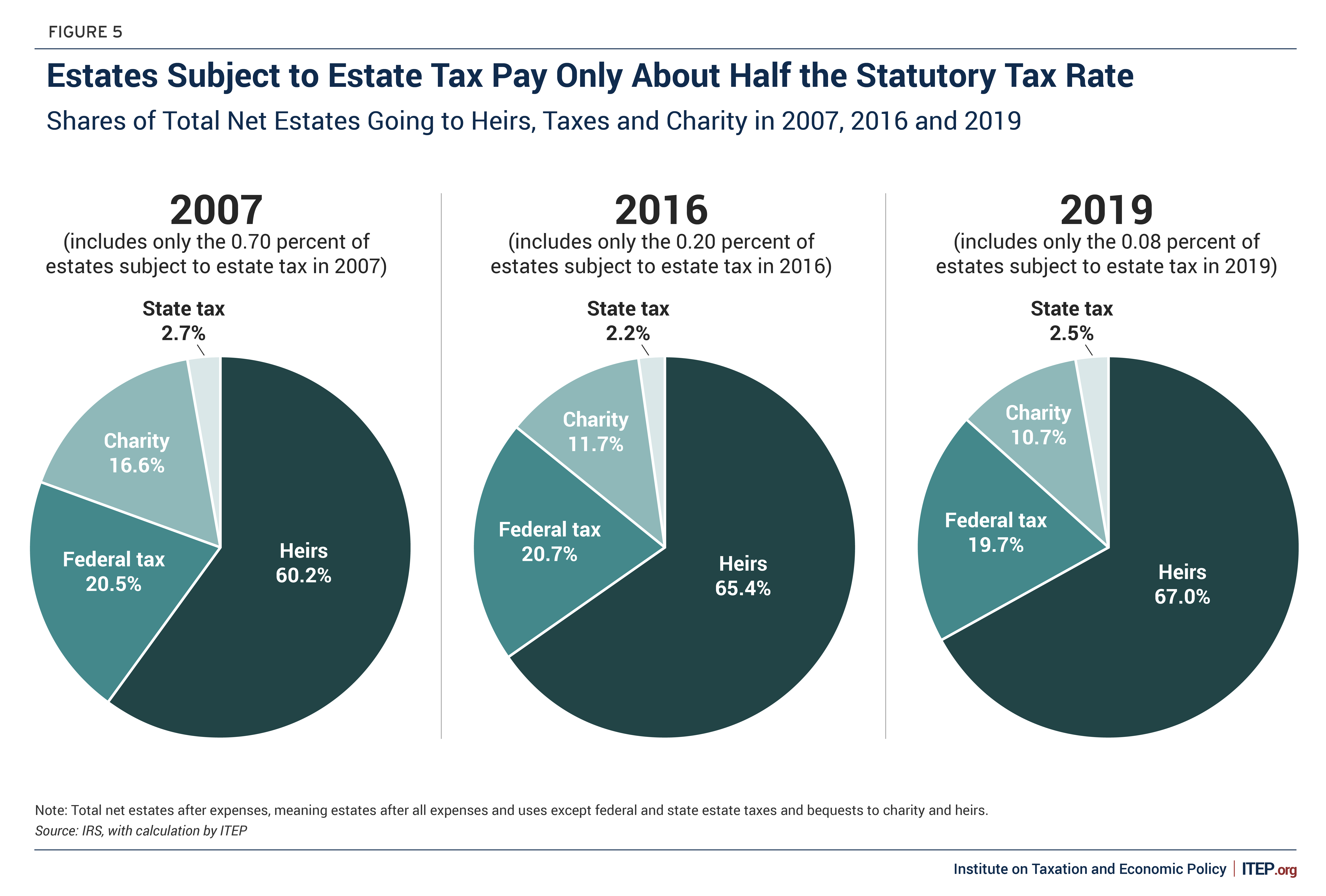All Categories
Featured
Table of Contents
This five-year basic guideline and 2 complying with exemptions apply only when the owner's death sets off the payout. Annuitant-driven payouts are talked about below. The initial exemption to the basic five-year policy for specific beneficiaries is to accept the survivor benefit over a longer period, not to go beyond the expected life time of the recipient.
If the beneficiary chooses to take the death advantages in this approach, the benefits are exhausted like any other annuity repayments: partly as tax-free return of principal and partially gross income. The exclusion ratio is located by utilizing the dead contractholder's cost basis and the expected payments based on the recipient's life span (of shorter duration, if that is what the recipient picks).
In this technique, occasionally called a "stretch annuity", the recipient takes a withdrawal every year-- the called for quantity of annually's withdrawal is based upon the same tables used to compute the needed circulations from an individual retirement account. There are two benefits to this technique. One, the account is not annuitized so the beneficiary retains control over the cash money value in the contract.
The 2nd exemption to the five-year regulation is offered only to a surviving spouse. If the marked beneficiary is the contractholder's spouse, the spouse may choose to "tip right into the footwear" of the decedent. Essentially, the partner is treated as if he or she were the owner of the annuity from its creation.
Taxes on inherited Period Certain Annuities payouts
Please note this uses only if the partner is named as a "assigned beneficiary"; it is not readily available, as an example, if a trust fund is the beneficiary and the spouse is the trustee. The basic five-year guideline and the 2 exceptions only relate to owner-driven annuities, not annuitant-driven contracts. Annuitant-driven contracts will certainly pay survivor benefit when the annuitant dies.

For objectives of this discussion, presume that the annuitant and the proprietor are different - Lifetime annuities. If the agreement is annuitant-driven and the annuitant dies, the fatality activates the fatality advantages and the recipient has 60 days to determine how to take the death benefits subject to the regards to the annuity contract
Also note that the alternative of a partner to "enter the footwear" of the proprietor will certainly not be offered-- that exception uses only when the proprietor has actually died yet the owner really did not pass away in the instance, the annuitant did. If the beneficiary is under age 59, the "fatality" exception to prevent the 10% fine will certainly not use to a premature circulation once again, since that is available only on the death of the contractholder (not the fatality of the annuitant).
Many annuity companies have interior underwriting plans that reject to issue agreements that name a various proprietor and annuitant. (There might be odd circumstances in which an annuitant-driven contract meets a clients unique requirements, but typically the tax negative aspects will certainly outweigh the benefits - Annuity death benefits.) Jointly-owned annuities may present similar issues-- or a minimum of they may not serve the estate planning feature that jointly-held assets do
As an outcome, the fatality benefits need to be paid within 5 years of the initial owner's death, or based on the 2 exceptions (annuitization or spousal continuance). If an annuity is held jointly in between a husband and better half it would show up that if one were to die, the other could simply proceed possession under the spousal continuance exemption.
Presume that the couple named their kid as beneficiary of their jointly-owned annuity. Upon the death of either owner, the company needs to pay the fatality advantages to the kid, that is the recipient, not the enduring partner and this would probably defeat the owner's intentions. At a minimum, this example mentions the intricacy and unpredictability that jointly-held annuities pose.
Inherited Annuity Fees taxation rules
D-Man composed: Mon May 20, 2024 3:50 pm Alan S. wrote: Mon May 20, 2024 2:31 pm D-Man created: Mon May 20, 2024 1:36 pm Thanks. Was hoping there may be a system like establishing a beneficiary IRA, however appears like they is not the situation when the estate is arrangement as a recipient.

That does not recognize the sort of account holding the acquired annuity. If the annuity was in an inherited individual retirement account annuity, you as administrator need to have the ability to assign the inherited IRA annuities out of the estate to inherited Individual retirement accounts for each estate recipient. This transfer is not a taxable event.
Any distributions made from acquired IRAs after project are taxed to the recipient that received them at their normal revenue tax price for the year of circulations. If the inherited annuities were not in an IRA at her death, after that there is no means to do a direct rollover into an acquired IRA for either the estate or the estate recipients.
If that takes place, you can still pass the distribution through the estate to the specific estate beneficiaries. The tax return for the estate (Kind 1041) could consist of Form K-1, passing the earnings from the estate to the estate beneficiaries to be taxed at their specific tax prices as opposed to the much higher estate income tax obligation prices.
Annuity Interest Rates death benefit tax

: We will certainly develop a plan that consists of the very best products and attributes, such as enhanced survivor benefit, premium benefits, and irreversible life insurance.: Receive a customized strategy designed to maximize your estate's value and decrease tax obligation liabilities.: Execute the selected strategy and get recurring support.: We will help you with setting up the annuities and life insurance policy plans, offering continual support to ensure the strategy continues to be effective.
Should the inheritance be concerned as an income related to a decedent, then taxes might apply. Normally speaking, no. With exception to pension (such as a 401(k), 403(b), or individual retirement account), life insurance policy profits, and financial savings bond rate of interest, the beneficiary typically will not need to birth any type of income tax obligation on their acquired wide range.
The quantity one can acquire from a trust fund without paying taxes depends on numerous factors. Private states might have their very own estate tax guidelines.

His objective is to streamline retirement preparation and insurance coverage, making certain that clients recognize their options and safeguard the very best coverage at irresistible rates. Shawn is the creator of The Annuity Professional, an independent on-line insurance company servicing consumers throughout the USA. With this platform, he and his group aim to get rid of the uncertainty in retirement planning by helping individuals discover the ideal insurance protection at the most competitive rates.
Table of Contents
Latest Posts
Understanding Annuities Fixed Vs Variable A Comprehensive Guide to Deferred Annuity Vs Variable Annuity Breaking Down the Basics of Variable Annuities Vs Fixed Annuities Pros and Cons of Tax Benefits
Highlighting the Key Features of Long-Term Investments Everything You Need to Know About Financial Strategies Defining the Right Financial Strategy Pros and Cons of Annuities Variable Vs Fixed Why Cho
Highlighting Fixed Annuity Vs Equity-linked Variable Annuity A Comprehensive Guide to Fixed Vs Variable Annuity Pros Cons What Is Fixed Vs Variable Annuity? Advantages and Disadvantages of Fixed Annui
More
Latest Posts